
Geologic Structures (Part 3)
Reverse Faults
• If the hanging wall moves up relative to the footwall, the fault is a reverse fault. Reverse faults are caused by compressional stress, or stress that pushes rocks together.
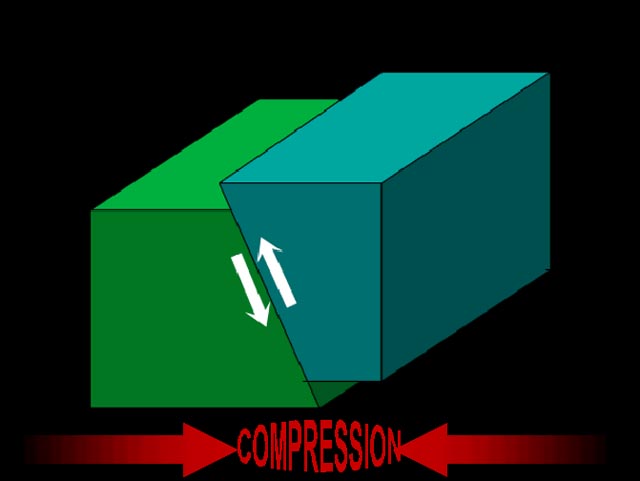
Reverse fault. Note that the right side of the fault is the hanging wall which has moved up relative to the left side. (Diagram by Phyllis Newbill)
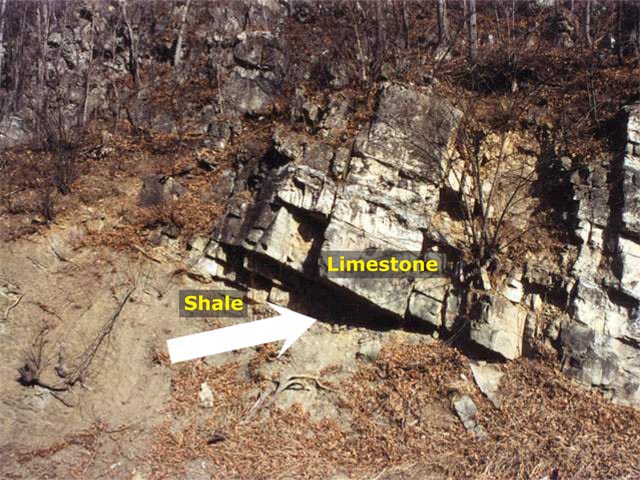 Reverse fault (Photograph by Stan Johnson)
Reverse fault (Photograph by Stan Johnson)
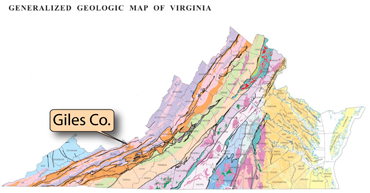 This reverse fault is in Giles County. The gray limestone in the hanging wall block has moved up relative to the shale rocks of the footwall.
This reverse fault is in Giles County. The gray limestone in the hanging wall block has moved up relative to the shale rocks of the footwall.
Thrust Faults
• If the angle of the reverse fault is low (<15°), the fault is called a thrust fault.
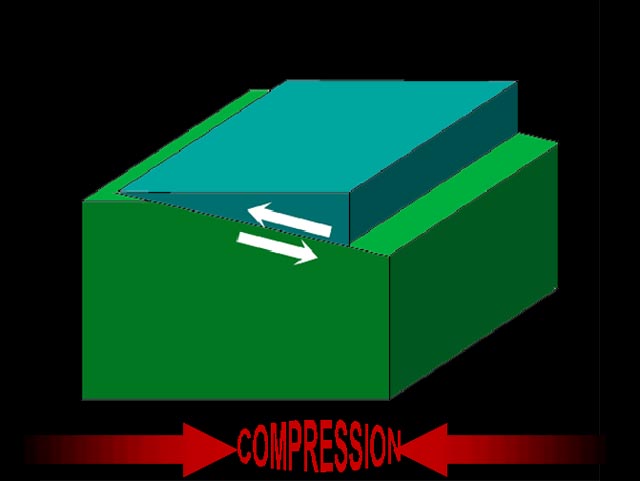 Thrust fault (Diagram by Phyllis Newbill)
Thrust fault (Diagram by Phyllis Newbill)
A thrust fault is a special type of reverse fault because it has a low angle. Thrust faults are also the result of extreme compressional stress, such as occurs when tectonic plates come together to form mountains.
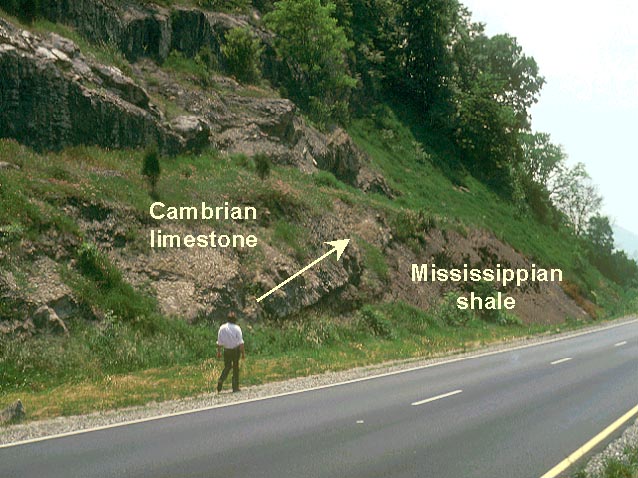 Thrust fault (Photograph by Robert Whisonant)
Thrust fault (Photograph by Robert Whisonant)
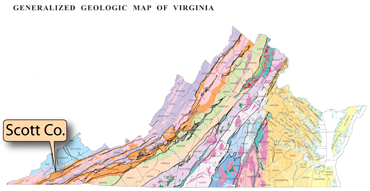 This Scott County thrust fault has Cambrian limestone pushed over Mississippian shale. Look for the fault just below the arrow. Thrust faults are caused by horizontal compression.
This Scott County thrust fault has Cambrian limestone pushed over Mississippian shale. Look for the fault just below the arrow. Thrust faults are caused by horizontal compression.